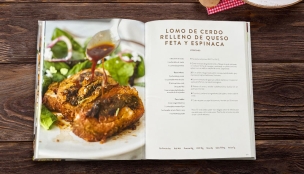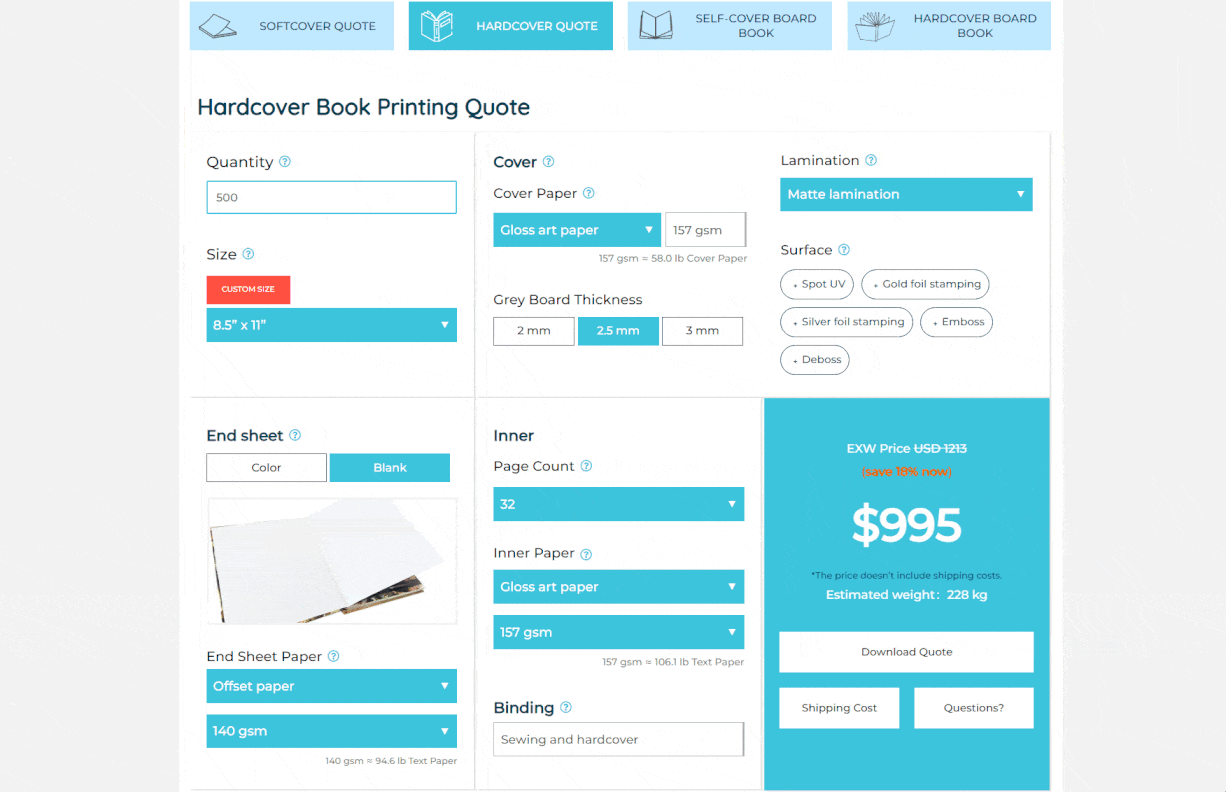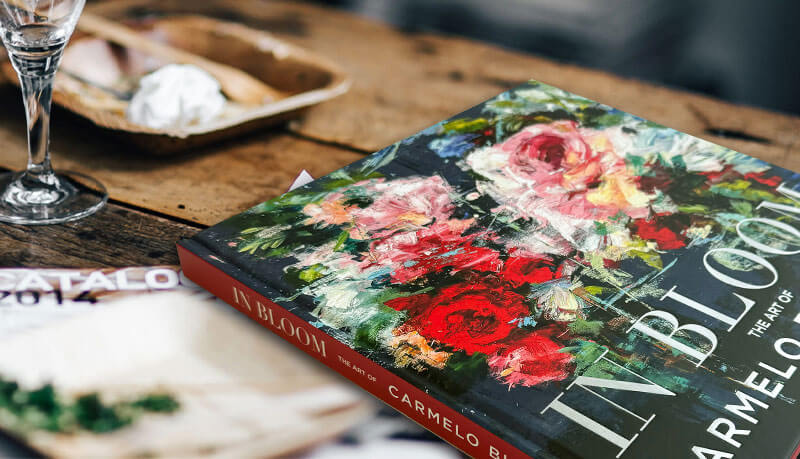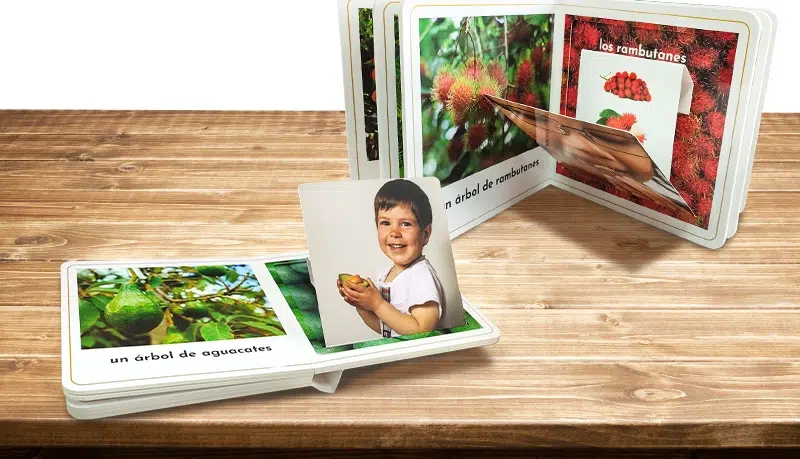The cookbook is a profitable and enjoyable niche of the self-publishing and mainstream publishing market. But with so many cookbooks already out there, how do you make yours interesting? We know the answer! And that's what we share with you in this helpful post.
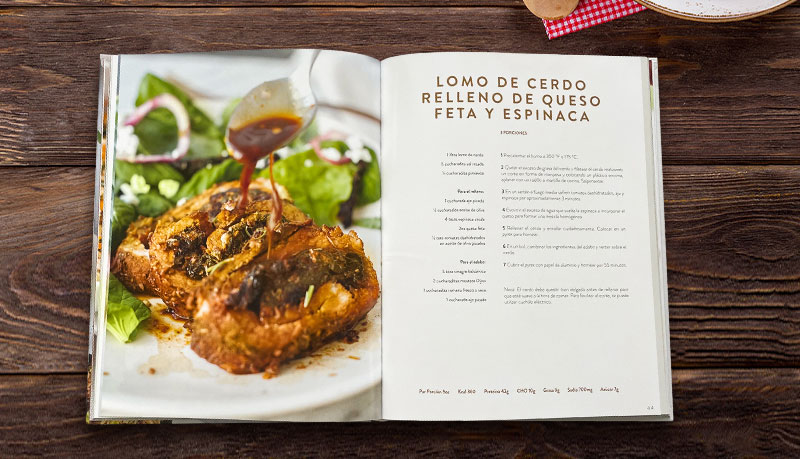
Cookbooks are more than just collections of recipes. They have the power to entertain, help, and challenge users, inspire creativity in the kitchen, and even become cherished heirlooms which are passed down through the generations. Whether you're a seasoned (pun intended!) professional chef or a passionate home cook, creating a cookbook that stands out and attracts interest requires careful planning and attention to detail. In this post, we'll explore the key elements of designing and writing an engaging cookbook that will leave your readers hungry for more.
1. Understand Your readership
Before diving into the writing process, it is vital to identify your target readership or user group. Who are you writing this cookbook for? Are you catering to busy professionals looking for quick and easy recipes? Or perhaps you're targeting gourmet food enthusiasts who appreciate culinary artistry? Understanding your target user group will shape every aspect of your cookbook, from the recipes you choose, to the visual aesthetic that will appeal to your readers.
Consider conducting market research or engaging with your existing online community to gain insights into their preferences and needs. By understanding their culinary interests, dietary restrictions, and cooking skill levels, you can tailor your cookbook to provide valuable content that gives them the best and most successful experience in recreating your recipes at home.
2. Define your cookbook's concept
To stand out in the crowded cookbook market, you need a clear and unique concept. It's no good just publishing a random list of recipes! Your cookbook should have a central theme or focus that sets it apart from others and guides the selection of content. This concept could be based on a specific cuisine, a dietary niche (such as vegan or gluten-free), or a unique cooking technique.
Once you have defined your concept, make sure that it is consistently reflected in every aspect of your cookbook, from the recipes and writing style to the visual design. This coherence will create a narrative sense and internal logic while providing context and is the first answer to how do you make a cookbook interesting.
3. Organize your culinary journey
A well-structured cookbook is a joy to navigate, easy to use, and doesn't “get in the way” of the cooking process. The key is to give a logical framework and order to the recipes. Start by outlining the different sections and chapters of your cookbook. Think about dividing your recipes based on meal types (breakfast, lunch, dinner, snacks), ingredient types (meat, fish, vegetables), or even seasons (summer, winter, holidays). This organization will help readers find the recipes they desire easily and create a sense of flow throughout the book.
You could also include supplementary sections such as an appendix with weights and measures conversions, a glossary of cooking terms, and an index for quick reference. These elements enhance the usability of your cookbook, making it a valuable resource for your readers.
4. Craft delicious recipe titles
The recipe titles in your cookbook are the first impression your readers will have, and making impressive titles is another key way to make a cookbook interesting. Take the time to create titles that are both informative and intriguing. Instead of simply stating the dish's name, use descriptive and evocative language to spark curiosity, suggest cultural values, evoke flavors, and entice readers to try the recipe out. Experiment with different titles and ask for feedback from others to find the perfect balance between creativity and clarity.
Remember to keep your target users and your core theme in mind when writing recipe titles. If you're targeting busy professionals, consider emphasizing speed and convenience in your titles. For food enthusiasts, focus on the unique flavors and techniques showcased in the recipe. For young parents with kids, add recipes that the children can help with. You get the idea.
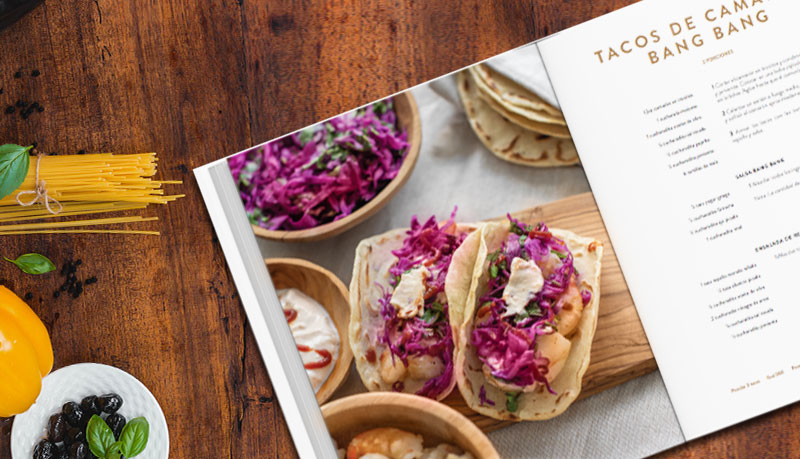
5. Ingredients and measurements
Consistency is really important with presenting ingredients and measurements in your cookbook. Use standardized abbreviations and make sure that you use the same name for ingredients throughout the book. This consistency helps readers follow your recipes without confusion.
Double check everything to make sure that you provide clear and accurate measurements for ingredients. Consider including alternative measurements for an international audience. Using both volume and weight measurements can accommodate different cooking traditions and help guarantee that your recipes are accessible to a broader user group if that's your aim.
6. The first taste is with the eyes
Visual appeal plays a crucial role in engaging readers and enticing them to try your recipes. Invest in high-quality food photography that showcases the beauty of your dishes. Consider hiring a professional food photographer or learning food styling and photography techniques yourself. You can find suitable and affordable courses on sites like Udemy and Domestik.
When planning your photoshoots, think about the size and orientation of the images in relation to your cookbook's layout. Try to visualize how the photos will enhance the cookbook not only as points of inspiration and aesthetic decoration but also as informative and practical suggestions. Whether you choose to include full-page spreads, step-by-step photo sequences, or close-up shots of mouthwatering ingredients, each photograph should tell a story and encourage readers to recreate the dish.
7. Tell a story with your recipes
As we said before, if you want to make a cookbook interesting, it must be more than just a collection of recipes; it's an opportunity to share your passion for food and your unique culinary journey and interests. Add a personal touch to your cookbook by including introductions or special instructions for each recipe. Share anecdotes, memories, favorite quotations, snippets of poetry, or the inspiration behind the dish. These personal stories create an emotional connection with your readers, making the cooking experience more meaningful and interesting for the user.
Look at including tips, tricks, and variations for each recipe to encourage experimentation and customization. This not only adds value to your cookbook but also empowers your readers to explore their own creativity in the kitchen. So, your cookbook can not only give people recipes to follow, but enable them to learn the principles of cooking and grow in their creative independence in the kitchen.
8. Test and perfect your recipes
Even if you're confident in your culinary skills, and you've made these dishes a zillion times, it's still essential to test and retest your recipes to make sure that in replicating them other people without your knowledge and experience will get consistent results. Follow each recipe meticulously, noting any adjustments or modifications that may enhance the outcome. Be mindful of the level of detail you provide in your instructions, especially for novice cooks. Clarify any potential pitfalls, offer troubleshooting tips, and provide alternative ingredient options for dietary restrictions.
Invite other people to test your recipes as well, even if it's just family and friends. Their feedback can provide valuable insights and help you refine your instructions and techniques. Remember, your goal is to empower your readers recreate your dishes, regardless of their cooking experience.
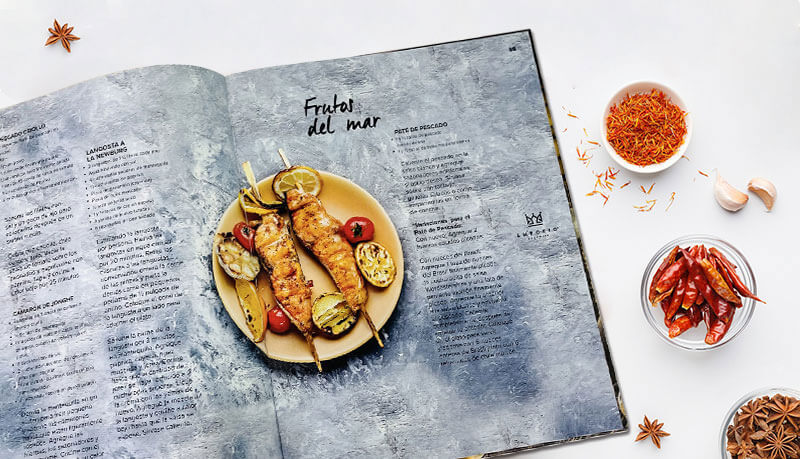
9. Design for use
The design of your cookbook should prioritize readability and usability. Choose a font that is legible and appropriate for the overall tone of your cookbook. Consider the size and spacing of the text to ensure easy reading, even in a busy kitchen environment.
Break up the content with clear headings and subheadings to guide readers through the book. Use bullet points or numbered lists to present ingredients and instructions in a concise and easy-to-follow manner. Incorporate white space and visual elements strategically to create a visually pleasing layout that enhances the overall reading experience.
10. Choose offset printing
Once you've perfected the content and design of your cookbook, it's time to explore publishing options. Traditional publishing involves working with a publishing house, where they handle various aspects of production, distribution, and marketing. This route often requires securing a literary agent and navigating the competitive publishing industry.
Alternatively, self-publishing gives you full control over the entire process. Self-published cookbooks are one of the most profitable and popular niches today. The foundational key to success, after a thoughtful and well-executed design, is high-quality printing using top-notch materials, so that your finished cookbook is a thing of beauty that will also be practical and durable. For that result, offset printing is the best—possibly the only—option that will meet your needs. In most cases, digital and print-on-demand services with their limited paper, size, and binding choices and lower-quality reproduction don't “cut the mustard” for cookbooks.
11. Engage with your readers
Building a connection with your readers is essential for the success of your cookbook. Leverage social media platforms, a dedicated website, or a blog to engage with your audience. Share behind-the-scenes glimpses of your recipe development process, host virtual cooking demonstrations, and encourage readers to share their experiences with your recipes. Many cooks have found tremendous success selling their books on the back of a dedicated “cookery program” style YouTube channel.
Consider offering additional resources, such as printable shopping lists, meal planning templates, or video tutorials, to provide added value to your readers. By fostering a sense of community and ongoing interaction, you can turn your cookbook into a platform for culinary inspiration and exchange while doing passive marketing that will naturally boost your sales.
12. Keep going forward
Creating a cookbook is not a one-time endeavor. The culinary world is ever-evolving, and your readers' tastes and preferences may change over time even as you discover or create new recipes and meal plans. Stay connected with your users, encourage them to give you feedback, and be open to developing new cookbooks to meet their needs. Releasing updated editions or supplemental content to keep your cookbook fresh and relevant is a great idea.
How do you make a cookbook interesting?
So, we think we've answered this question now. Don't you? To sum up, the key ways to make a cookbook interesting are:
- Choose a theme and keep it consistent throughout
- Include beautiful photography, illustrations, and diagrams
- Give it a personal touch with narrative and insight
- Make it logical and easy to navigate
- Make it appropriate to your target user's age, experience, needs, and abilities
- Design it for usability as much as appearance
- Offer extras, updates, tutorials, and build a community around your cookbooks
- Use offset printing for the highest-quality production
That, in a nutshell, is the recipe for an interesting cookbook that users will love and recommend.
Talk to us!
If you're interested in designing and printing a beautiful, high-quality cookbook — and personal customer service matters to you as much as a world-class product — then we should talk. Get in touch today to chat through your needs or to ask for a no-obligation quote. We can't wait to help you make a great cookbook!





